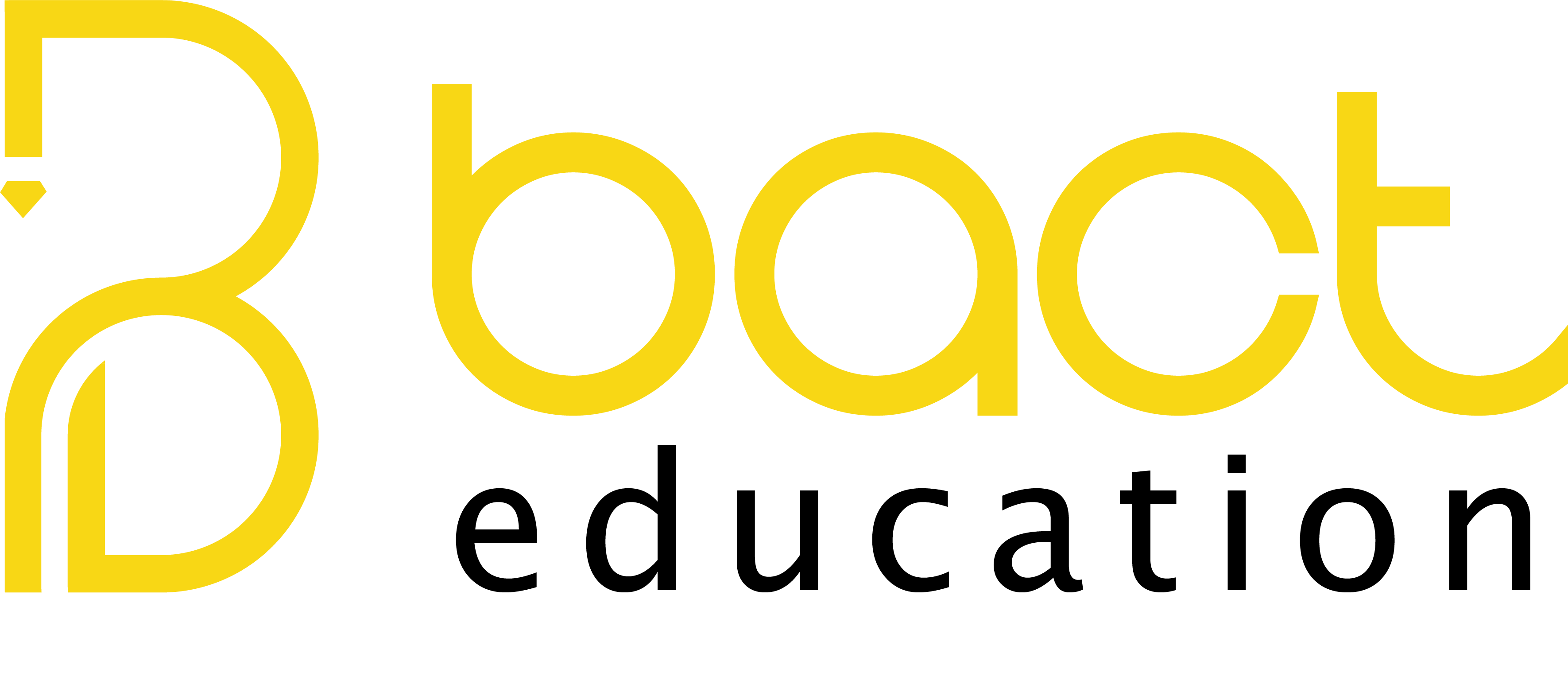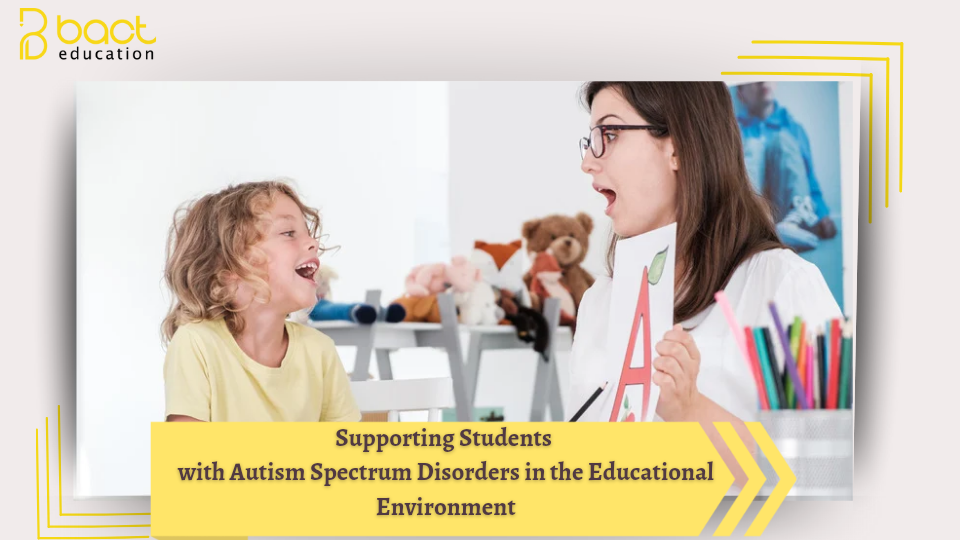Supporting Students with Autism Spectrum Disorder in the Educational Environment
Introduction
Autism Spectrum Disorder (ASD) is a complex neurodevelopmental condition that affects how individuals interact with others, as well as their behaviors, interests, and ability to communicate. The wide spectrum of symptoms and abilities among individuals with ASD means that each student is unique and requires a tailored educational approach.
Modern educational environments aim to be inclusive, providing adequate support for every student to reach their full potential, including those with Autism Spectrum Disorder.
First: Characteristics of Students with Autism Spectrum Disorder
To effectively support these students, it is essential to understand their characteristics and needs, which vary in degree from one student to another. Common features include:
-
Difficulties in verbal and non-verbal communication, such as delayed speech or its absence, and trouble understanding body language or facial expressions.
-
Challenges in social interaction, such as not understanding group play rules or turn-taking in conversation.
-
Repetitive behavioral patterns, like repeating movements or having intense focus on specific topics.
-
Unusual responses to sensory stimuli (e.g., light, sound, or touch).
-
Difficulty with transitions between activities or coping with unexpected situations.
Second: Challenges in the Educational Environment
Students with autism often face various challenges in school settings, such as:
-
Difficulty understanding complex or abstract verbal instructions.
-
Sensitivity to noise or crowds, which may cause distraction or withdrawal.
-
Struggles in making friends or understanding others’ emotions.
-
Poor self-regulation, which can result in inappropriate behaviors.
-
Risk of bullying or social isolation.
Third: Effective Strategies for Support in the Educational Environment
-
Adapting the Classroom Environment
-
Organize the classroom to be calm, minimizing visual and auditory distractions.
-
Provide safe zones or “calm corners” where the student can go when overwhelmed.
-
Use visual schedules to clearly outline the school day.
-
Using Augmentative and Alternative Communication (AAC)
-
Utilize pictures, signs, or electronic apps to help students express themselves.
-
Reinforce language through repetition and visual models.
-
Developing an Individualized Education Plan (IEP)
-
Include academic, social, and behavioral goals appropriate to the student’s abilities.
-
Monitor progress and update regularly with input from parents and teachers.
-
Social Skills Training
-
Offer dedicated sessions to teach interaction with others.
-
Use social stories, group play, and role-playing activities.
-
Family Collaboration
-
Involve the family In setting and reviewing educational goals.
-
Maintain ongoing communication about the student’s behavior and progress.
-
Training Educational Staff
-
Equip teachers with sufficient knowledge about autism characteristics.
-
Provide effective strategies for behavior management and student interaction.
Fourth: The Importance of Inclusive Education
Inclusion is a key component of comprehensive education, allowing students with autism to learn in natural settings alongside their peers. This:
-
Enhances their social skills.
-
Fosters a sense of belonging and equality.
-
Helps reduce discrimination and raise awareness in the school community.

